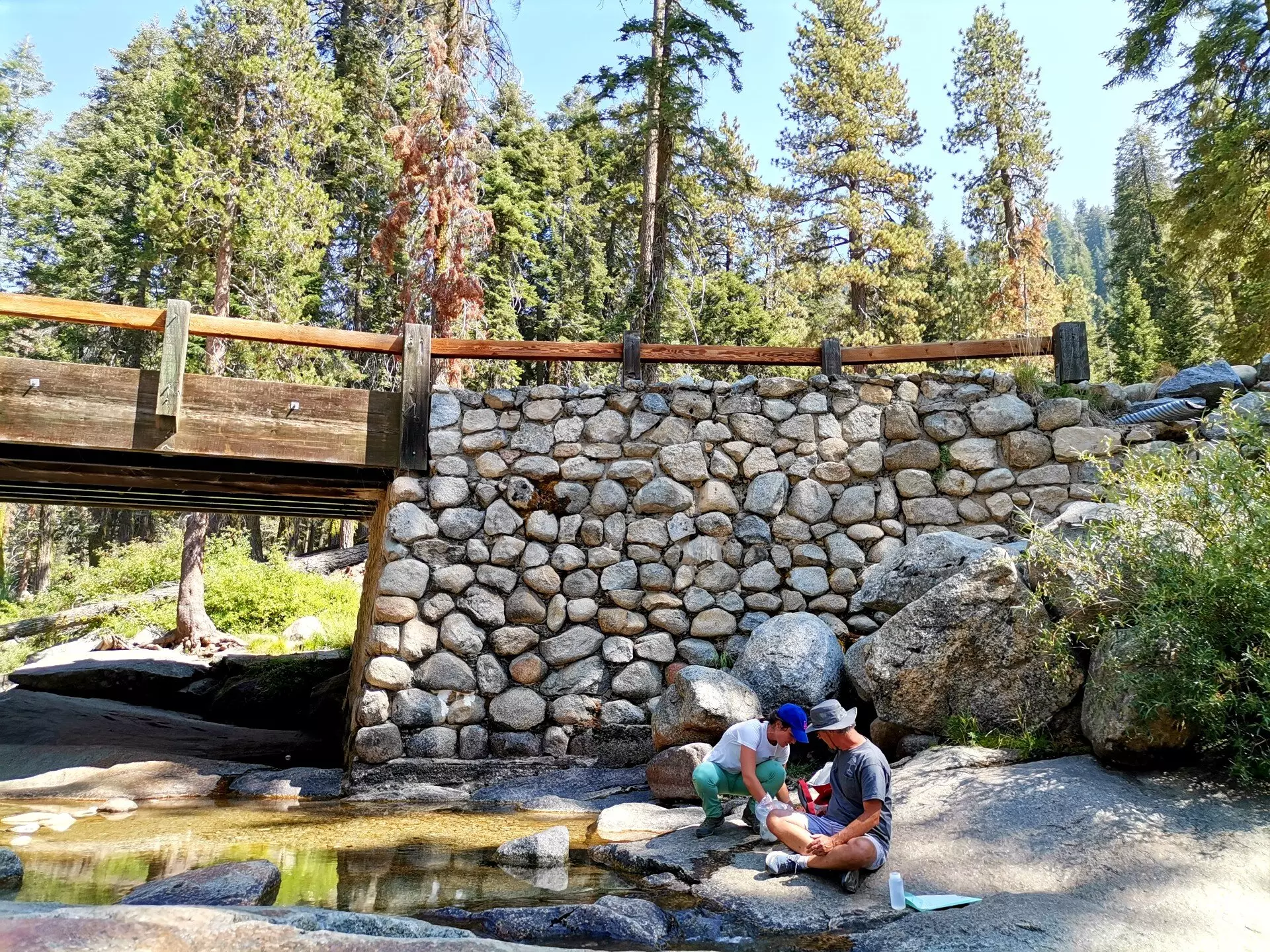Recent research has unveiled a striking relationship between the iconic Sierra Nevada mountains and California’s Central Valley, famously dubbed America’s breadbasket. While the Valley is renowned for its rich agricultural production, much of it relies on a lifeline that is often overlooked: groundwater sourced from the Sierras. This hidden resource, which can constitute nearly half of the Valley’s groundwater supply, is vital for sustaining farming practices in a region where surface water availability fluctuates dramatically with seasonal weather changes. The implications of this relationship challenge assumptions about water resource management in one of the most crucial agricultural zones in the United States.
The Groundwater Conundrum: An Unseen Resource
Groundwater, as a natural resource, presents unique challenges for monitoring and management. Unlike visible reservoirs that can be charted and analyzed after rainfall, aquifers lie hidden, sometimes hundreds of feet below the surface. UC Riverside’s associate professor, Hoori Ajami, poignantly describes these aquifers as “giant bathtubs full of water and sediment.” This metaphor captures the concealed and complex nature of groundwater and highlights the need for more rigorous scientific inquiry into its sources and sustainability. The varied ages of groundwater sourced from the Sierra—ranging from just four years to over 40,000 years—add another layer of complexity to the discussion on resource management.
Quantifying the Contribution of Sierra Nevada
The UC Riverside-led study, which has made significant strides in quantifying this groundwater dependency, represents a pioneering effort to map the intricate hydrological connections between the Sierras and the Central Valley. Utilizing data from the U.S. Geological Survey, researchers analyzed the chemical signatures of water samples from both locations. This comprehensive approach revealed that aquifers in the Sierra Nevada are not merely passive contributors to groundwater supplies but actively discharge water into the Central Valley aquifer system, making up a substantial portion of the flow.
Such findings invite a reframing of how we perceive the hydrological cycle in this critical region. Understanding that the Sierra Nevada actively feeds the Central Valley aquifer underscores the need for collaborative water management practices that consider the interdependencies of these ecosystems.
The Dire Need for Sustainable Groundwater Practices
As the study’s authors emphasize, the implications for sustainability are profound. The traditional mindset of treating groundwater as an infinite resource is flawed; over-extraction can lead to severe repercussions, including land subsidence and infrastructure damage. Indeed, California’s drought years from 2012 to 2016 spotlighted this issue as excessive groundwater extraction accelerated subsidence rates, threatening vital infrastructures such as dams and canals that serve the region.
Former Governor Jerry Brown’s Sustainable Groundwater Management Act of 2014 aimed to address these challenges by mandating sustainable practices. However, the reality on the ground suggests that more aggressive strategies are required. As Ajami argues, determining a sustainable pumping rate for an aquifer is akin to managing a bank account; one must know both income (recharge rates) and expenditure (withdrawal rates). The need for detailed studies to quantify groundwater recharge rates has never been more urgent, particularly for the overstressed aquifers in Central Valley.
A Call to Action for Future Water Management
The findings from the UC Riverside study should serve as a clarion call for policymakers, agricultural stakeholders, and researchers alike. If California hopes to sustain its agricultural output while preserving its vital groundwater resources, a paradigm shift in water management is essential. This calls for innovative solutions that bridge the gap between surface water and groundwater management, fostering an integrated approach that maximizes resource efficiency.
Moreover, the notion of viewing Central Valley groundwater as a shared, interconnected resource demands collective action. Engaging farmers, local communities, and scientific communities in concerted efforts can lead to more sustainable practices that ensure longevity for both agricultural production and the aquifers that support it.
The road ahead poses significant challenges, but with informed action and sustainable management practices, California can protect its aquifers, secure its agricultural future, and preserve its vital water resources for generations to come.

